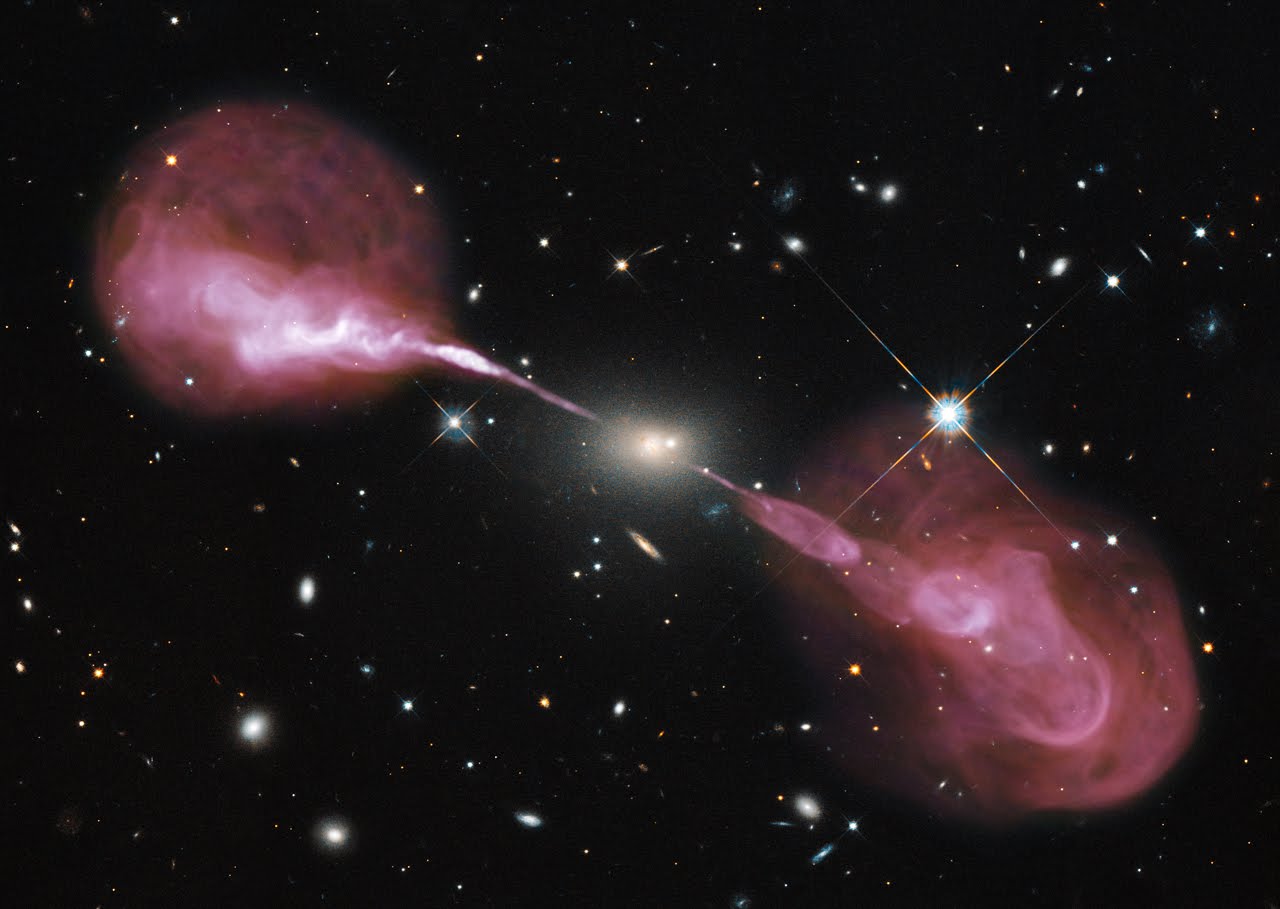I take note of Higginson-Rollins and Rogers 2014 :
http://adsabs.harvard.edu/abs/2014AAS...22314824H
http://www.haystack.mit.edu/edu/undergrad/srt/pdf%20files/2013_HigginsonRollinsPaper.pdf
Abstract: "Several instruments used for education, outreach and scientific investigations could benefit from a low cost spectrometer. These include the Small Radio Telescope known as the "SRT", a very small radio telescope known as the "VSRT", and an 11 GHz Ozone spectrometer. The SRT is used to observe the Sun and the 21-cm hydrogen line. The SRTs, which until recently were available commercially, are still in operation at many universities and are used for student projects including measuring the Galactic rotation curve of our Galaxy. These instruments, which were initially primarily used to help teach students how to analyze scientific data, are now used for scientific investigations that have resulted in publications in science journals. Recently a low cost USB "dongle" for digital TV has become available. It has been adapted for use as a software defined radio by amateur radio groups. Linux-based software was developed to adapt the device to form a low cost digital spectrometer for the SRT by integrating open source code into the existing C code written for the SRT. Some challenges faced when trying to integrate the USB TV dongle into the SRT system and software will be discussed. To test the effectiveness of the USB TV Dongle based SRT several astronomical observations were made and compared to the older SRT system. These observations show promise for the device replacing older SRT systems at a fraction of the cost and effort and as a possible replacement for the VSRT and Ozone spectrometer."
Saturday, November 29, 2014
Thursday, November 20, 2014
NenuFAR: The LOFAR Super Station project in Nancay
I refer to:
http://adsabs.harvard.edu/abs/2012sf2a.conf..687Z
Abstract: "We summarize the outcome of the scientific and technical study conducted in the past 3 years for the definition and prototyping of a LOFAR Super Station (LSS) in Nançay. We first present the LSS concept, then the steps addressed by the design study and the conclusions reached. We give an overview of the science case for the LSS, with special emphasis on the interest of a dedicated backend for standalone use. We compare the expected LSS characteristics to those of large low-frequency radio instruments, existing or in project. The main advantage of the LSS in standalone mode will be its very high instantaneous sensitivity, enabling or significantly improving a broad range of scientific studies. It will be a SKA precursor for the French community, both scientific and technical."
http://adsabs.harvard.edu/abs/2012sf2a.conf..687Z
Abstract: "We summarize the outcome of the scientific and technical study conducted in the past 3 years for the definition and prototyping of a LOFAR Super Station (LSS) in Nançay. We first present the LSS concept, then the steps addressed by the design study and the conclusions reached. We give an overview of the science case for the LSS, with special emphasis on the interest of a dedicated backend for standalone use. We compare the expected LSS characteristics to those of large low-frequency radio instruments, existing or in project. The main advantage of the LSS in standalone mode will be its very high instantaneous sensitivity, enabling or significantly improving a broad range of scientific studies. It will be a SKA precursor for the French community, both scientific and technical."
Saturday, November 1, 2014
Sun Earth Jupiter 2014 November
Many thanks to: STEREO and WIND
Teams, Taxpayers of France, French Air Force, Nancay Decametric Array
Team at the Nancay Radio Astronomy Station of Paris Observatory, Prof.
Dr. Kazumasa Imai Kochi National College of Technology Kochi Japan,
Trinity College Dublin Ireland Astrophysics Group, United States NOAA
SWPC, NASA SDO HMI Magnetograph Team, Lockheed Martin Solar Laboratory
Subscribe to:
Posts (Atom)


































































